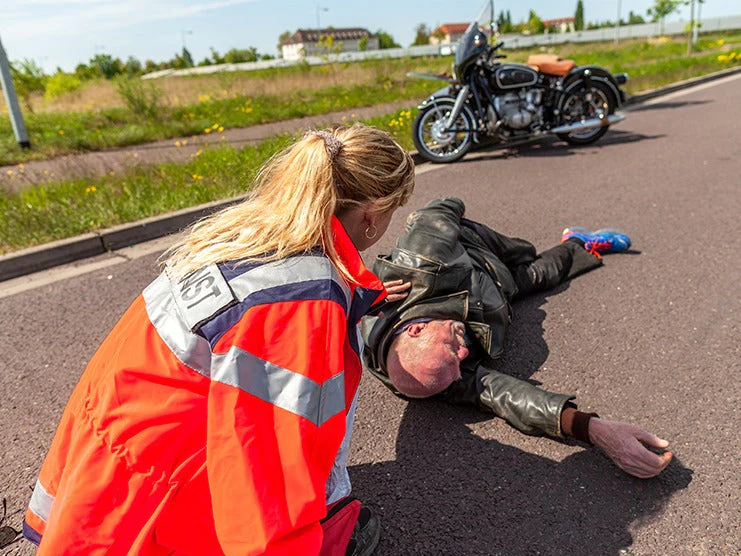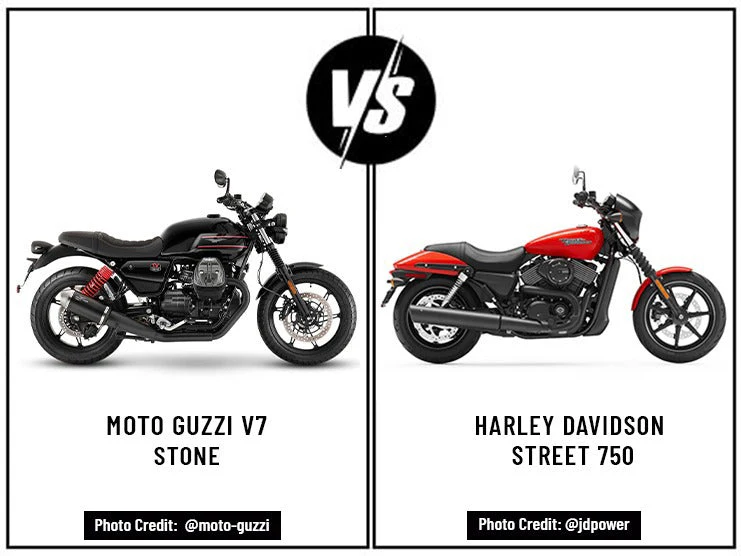Table of Content.
1. Introduction:
Every day, motorcycle crashes happen all over the world. An accident can result in a trip to the hospital and shatter a rider’s confidence, ruining the pleasure of riding a motorcycle again. Motorcycle crashes occur due to mistakes riders consciously or unconsciously make. Often, motorcycle crashes result in riders suffering serious injuries. Eliminating motorcycle crashes is impossible; however, the frequency of motorcycle crashes can be reduced if more riders follow simple safety tips.
2. Common Reasons for Crashes:
2.1 Panic Braking:

Panic braking is when you suddenly apply the brakes without gradually slowing down first in response to danger. Panic braking is the most common cause of motorcycle crashes, especially among newer riders.
2.2 Tailgating:

Tailgating is when you ride right behind another vehicle with little braking room. Tailgating reduces a rider’s overall visibility, making it difficult to see what is ahead. If the vehicle ahead suddenly slows down or stops, the motorcyclist does not have enough time or space to brake or get out of the way.
2.3 Speeding:
“Speed thrills but kills.” A lot of riders like to ride their motorcycles at top speed. However, riding at higher speeds increases the probability of crashing since there is less time to brake or change direction.
3. Tips:
3.1 Wearing Proper Safety Gear:

Proper riding gear includes a helmet, jacket, gloves, pants, and boots. Many riders do not wear full gear during warm weather, but putting on all the necessary gear will better protect the rider from suffering serious injuries.
3.2 Avoid Panic Braking:
Many riders panic braking in response to being surprised or due to a lack of awareness, resulting in them being thrown off or crushed under their motorcycles.
The easiest way to prevent panic braking is by applying the brakes gradually and softly. This will help your motorcycle slow down and keep the tires from locking up. Panic braking is often due to a lack of awareness or a sudden, unexpected occurrence.
3.3 Avoid Speeding:
While riding a motorcycle over the speed limit is a lot of fun, it increases the likelihood of crashing since you have less time to react to and avoid danger. When riding through the city or on highways, there are speed limit signs along the sides. Try to ride below or at the posted speed limits since it will help you match the speed of the other vehicles sharing the road.
3.4 Be Careful When Turning Corners:

Accidents often occur when turning corners due to the motorcycle slipping because of speeding, debris on the road, or panic braking. When turning corners, cut down on the speed before you arrive at the corner, lean towards the side you are turning, and gradually apply the brakes.
3.5 Be Cautious When Overtaking:

Overtaking has often led to accidents due to motorcyclists not checking for and colliding with vehicles in the adjacent lane while trying to pass the vehicle ahead of them. Many riders also end up colliding with the vehicle they were trying to overtake due to not having enough space to squeeze through.
3.6 Make Sure You Are in the Correct Lane:
On highways, the right lane is the slowest lane with the heaviest flow of traffic. The middle lane has a steady flow of traffic with vehicles traveling at moderate speeds. However, the left lane has the fastest vehicles and flow of traffic. Depending on your motorcycle’s speed, it is best to shift over and ride in the lane keeping pace with the flow of traffic. If your motorcycle is traveling at high speed, it is recommended you be in the left lane. However, if your motorcycle is traveling at a moderate or slow speed, it is better to be in the middle or right lanes.
3.7 Check Your Blind Spots:

When riding a motorcycle, the blind spots include:
- Ahead of the vehicle in front of your motorcycle
- Right behind your motorcycle.
- The sides behind the arm or shoulders are not visible in the side mirrors.
Here are tips on how to reduce the likelihood of crashing due to blind spots.
- When overtaking a vehicle, ride at a corner along either side of the vehicle so you can get a better view of what lies ahead of the vehicle in front of you.
- Do not solely rely on the side mirrors; look over your shoulders to see what is behind your motorcycle.
3.8 Be Aware of Surroundings:
Always look around and note the positions of the other vehicles on the road. While keeping your eyes on the road, make sure to look out for any incoming vehicles or hazards. This way, you will be able to spot danger and respond accordingly, improving your chances of avoiding a collision.
3.9 Maintain a Safe Distance:
Maintain a reasonable distance from the vehicles surrounding you, especially the vehicle directly ahead. In case the vehicle in front of you suddenly brakes, a large buffer space between you and the other vehicle will give you enough time to stop, slow down, or move out of the way.
3.10 Avoid Debris on the Road:

When riding your motorcycle, keep an eye on the road for any debris, such as glass, gravel, dirt, etc. Try to avoid riding over debris since it could reduce traction and cause your motorcycle to slip. If it is safe to do so, maneuver your motorcycle towards the edge of the lane or go over to the adjacent lane to avoid road hazards.
4. Conclusion:
Most motorcycle crashes happen due to traveling at high speeds and a lack of distance between the motorcycle and the vehicle ahead. A controlled speed and adequate buffer space will give riders better visibility, more time to make decisions, and more space to apply the brakes or change direction. However, extra add-ons, like riding gear, also protect riders from getting seriously injured. Aftermarket parts like SADDLEBAGS, LUGGAGE BAGS, and CRASH BARS ensure a comfortable long ride and offer additional protection.













Leave a comment
All comments are moderated before being published.
This site is protected by hCaptcha and the hCaptcha Privacy Policy and Terms of Service apply.